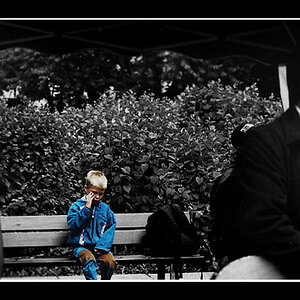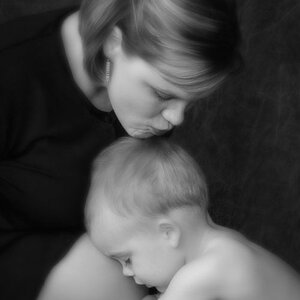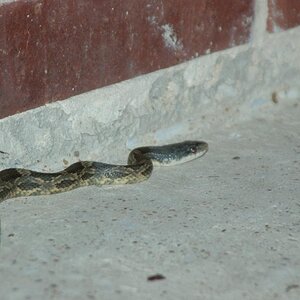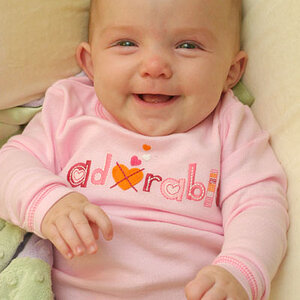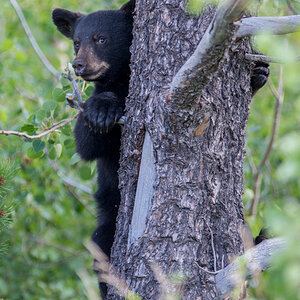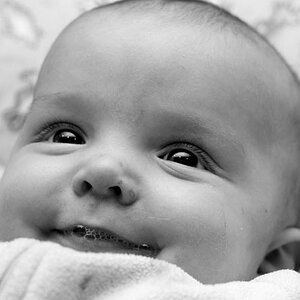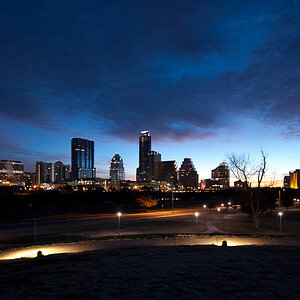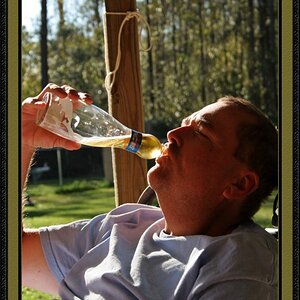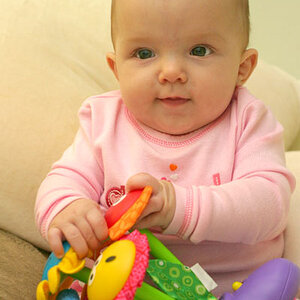Aritay
TPF Noob!
- Joined
- Nov 29, 2009
- Messages
- 49
- Reaction score
- 0
- Can others edit my Photos
- Photos OK to edit
I'm still very new at this, so I hope this question makes sense:
From what I understand the DX bodies, with their cropped sensors, can make obtaining good DOF/bokeh for portraits a challenge.
Would a speciality Nikon defocus control (DC) lens, like the 105mm DC, work well with a DX body (e.g., Nikon D90) for controlling/creating nice portraiture DOF and bokeh?
thanks in advance
(sorry if this overlaps a bit with a thread I have going on the beginner forum - - just trying to figure out where to ask which questions)
From what I understand the DX bodies, with their cropped sensors, can make obtaining good DOF/bokeh for portraits a challenge.
Would a speciality Nikon defocus control (DC) lens, like the 105mm DC, work well with a DX body (e.g., Nikon D90) for controlling/creating nice portraiture DOF and bokeh?
thanks in advance
(sorry if this overlaps a bit with a thread I have going on the beginner forum - - just trying to figure out where to ask which questions)
Last edited:



